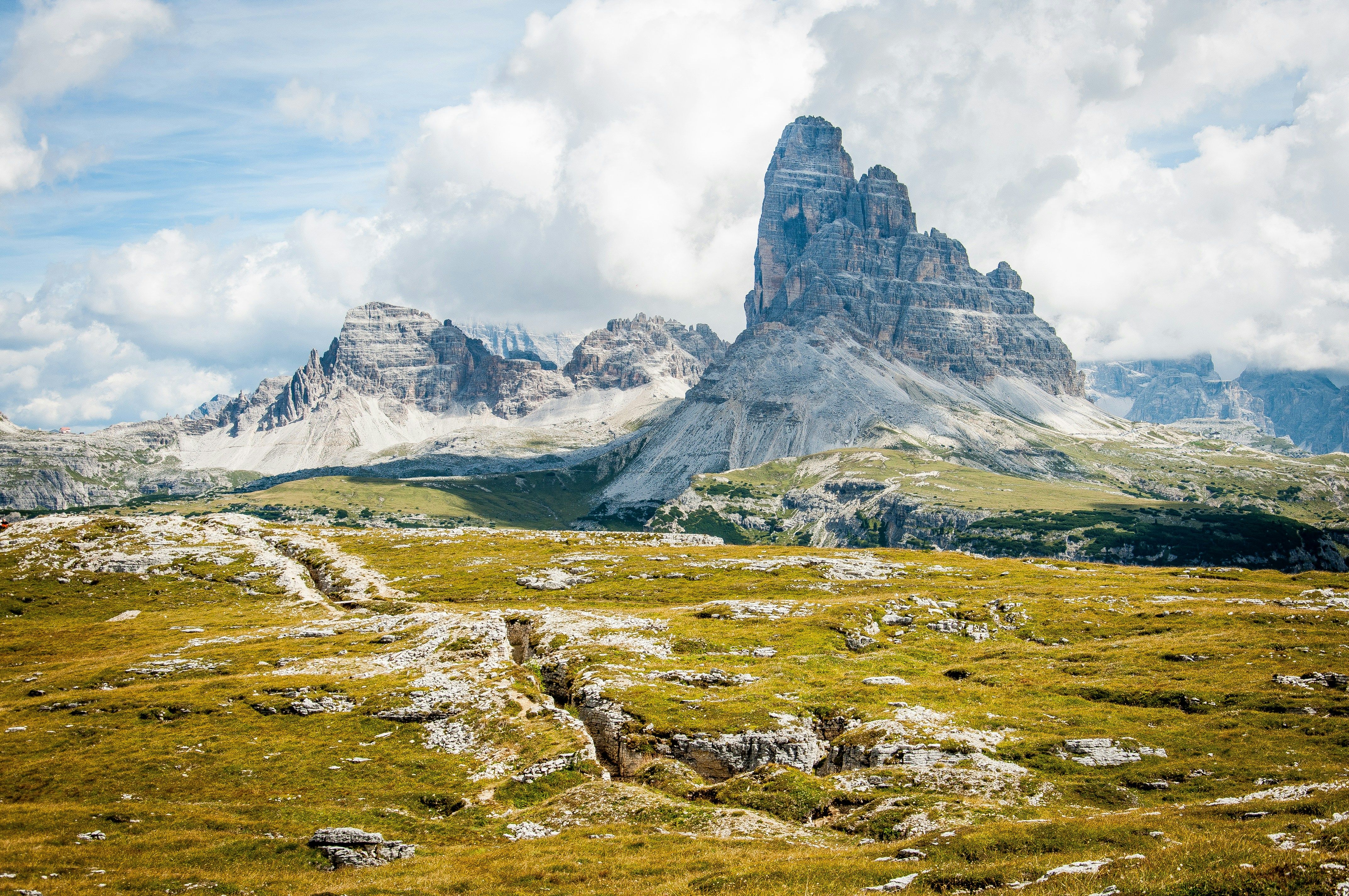Going Green with Peat-Free Soil: The Eco-Friendly Way to sow
Considering Peat-Free Ground: Better Option?
Swap those carbon-emitting peat pots for a touch of eco-friendliness with peat-free soil—here's what you need to know to make the most of it.
Planting season isn't just about blooming flowers and lush greenery. It's also a fantastic opportunity to do your part for the environment by choosing peat-free soil. But it's not that simple, so let's dive in!
You might wonder why go peat-free at all? Well, according to the Fachagentur Nachwachsende Rohstoffe (FNR), extracting peat is a speedy carbon emitter. Plus, it ain't a renewable resource. Embracing peat-free soil can help safeguard moorland's carbon stocks.
When shopping for peat-free soil, watch out for labels proclaiming "peat-free" or "without peat." Don't be misled by "peat-reduced" or "low peat" labels, as these may still contain a whopping 70% of your carbon emitters. Checking the ingredients is crucial; peat-free soil primarily consists of peat alternatives like wood fibers, compost, bark humus, or coconut products.
Peat-Free Soil: Pros and Cons
While peat-free soil boasts numerous benefits, it also poses some challenges. Unlike peat-based soil, peat-free soil doesn't retain water and nutrients as well, and it dries out faster [1][4]. To counteract this, the FNR recommends including clay granulate to enhance its storage capacity.
Ensure that you water your plants generously when planting or repotting, and keep checking the soil's moisture levels regularly afterward. Stick your finger about two centimeters into the soil. If you need extra help, consider a water level indicator.
It's essential to regularly supply your plants with nutrients using a fertiliser tailored to your substrate [1]. When planting, add a slow-release fertiliser to bolster root development. And remember, velcro-ing peat-free soil in a tightly sealed container in a cool, dry place will keep it fresh. However, it's best practice to use it promptly.
Transforming Your Garden with Peat-Free Compost: Strategies for Success
- High-Quality Composts: Not every peat-free compost is a winner. Some may contain too much undecomposed material. Seek out reputable brands for consistent performance [2].
- Mulching: Organic mulches like leaf mold can further boost soil health and protect against weather extremes [3].
- Gardening Adaptations: Peat-free composts may exhibit differences in texture and moisture retention, so tweaks in watering schedules or soil handling might be in order [1].
- No Dig Method: This method nurtures soil carbon and biodiversity by skipping disrupting underlying soil structures, complementing the use of peat-free composts [2].
The Goods in Peat-Free Compost
Peat-free composts are typically manufactured from a variety of organic materials including:- Composted Bark and Wood- Coconut Fibres- Worm Compost (e.g., vermicompost)- Green Waste Compost (though some brands avoid using green waste) [1][2].
Community policy should regularly address the issue of promoting peat-free employment in the horticulture sector to support the environmental efforts of going green with peat-free soil.
Some drawbacks of peat-free soil include its tendency to dry out faster and its lower retention of water and nutrients compared to peat-based soil, which might require the use of clay granulate and water level indicators.
Employment policies should regularly review the labeling practices of peat-free soil producers to ensure labels accurately convey the product's ingredients and not mislead consumers with terms like "peat-reduced" or "low peat."







